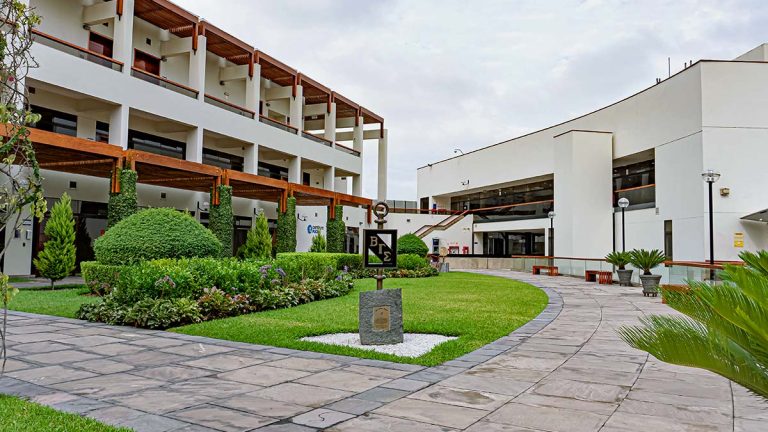Some studies have shown that inequality increased in pre-1930 Latin America as the economy and foreign trade grew. Others have shown that there was no clear relationship between economic growth and inequality. The information on nineteenth-century Peru is useful to estimate income inequality during a period of rapid economic growth. This article estimates the distribution of profits in Lima between 1838 and 1859 using information from tax reports. Mobility across social classes was possible for some guild members. However, financiers and large merchants experienced higher growth in profits than artisans and small traders. In addition, a comparison of profits and wages shows that the richest entrepreneurs experienced a rapid increase in profits during a period of declining real wages. Thus, the income gap between the richest and poorest residents of Lima widened during this period.
Referencia:
Zegarra, L. F. (2023). Profits and inequality during an export boom. Evidence from tax records in Lima, Peru. Economic History of Developing Regions. https://doi.org/10.1080/20780389.2023.2245974 [Published: September 2023]


